Benefit Corporations (B-Corps) represent an evolution of the very concept of a company. While traditional companies exist solely for the purpose of distributing dividends to shareholders, Benefit Corporations are ordinary partnerships or capital companies, including cooperatives, that, in addition to profit-sharing goals, pursue one or more common benefit purposes. They operate responsibly, sustainably, and transparently towards individuals, communities, territories, and the environment, as well as cultural and social assets, institutions, associations, and other stakeholders.
Zumaglini & Gallina has therefore decided to pursue, in the conduct of its business activities, the typical purposes of Benefit Corporations as defined by the law of December 28, 2015, No. 208, and in particular the following specific common benefit purposes, aimed at generating measurable social value in the public interest and creating conditions for the maintenance of satisfactory economic results:

